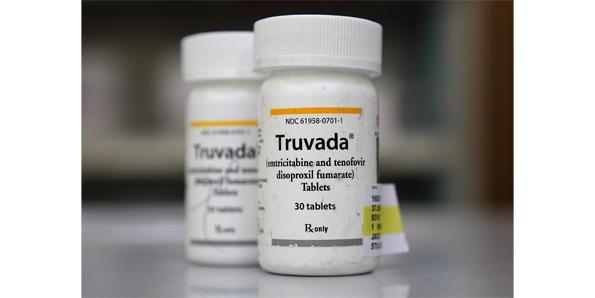
When it comes to recent advancements in the medical field, most people start thinking nanotechnology. Who can blame them considering that nano is presented as the ultimate solution in dealing with an impressive array of diseases that were previously considered incurable? However, until the point when nano tech emerges to abolish all disease on Earth, we will have to put our faith and trust in the current healthcare innovations, which are actually impressive and provide effective solutions for various medical conditions and issues, as you are about to find out.
1. Truvada
 Although it does not qualify as a cure, the FDA approval on the Truvada medicine certainly constitutes a big step in the war against the most devastating disease on the planet, AIDS. The Truvada pills have been prescribed to patients tested HIV positive from 2004, but with inconclusive results. Only recently, when physicians started testing them on HIV-negative patients did these pills show their huge potential. To put it simply, their two active ingredients proved very effective in stopping HIV from spreading and, according to research, had a 70% rate of success.
Although it does not qualify as a cure, the FDA approval on the Truvada medicine certainly constitutes a big step in the war against the most devastating disease on the planet, AIDS. The Truvada pills have been prescribed to patients tested HIV positive from 2004, but with inconclusive results. Only recently, when physicians started testing them on HIV-negative patients did these pills show their huge potential. To put it simply, their two active ingredients proved very effective in stopping HIV from spreading and, according to research, had a 70% rate of success.
2. MobiUS ultrasound system
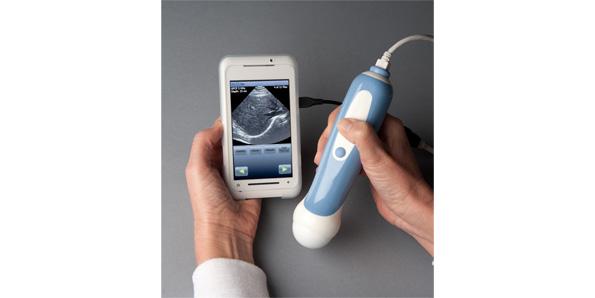 As you might have guessed from its name, the MobiUS is designed to address patients with medical emergencies who are unable to see a physician for various reasons, such as being located in a remote area or in a disaster zone. The device is created to send offline feedback directly onto a physician’s computer, images and data that can be decrypted and analyzed via an ultrasound wand to detect life-threatening issues. It is necessary to mention that while there is no denying the fact that MobiUS has the potential of saving numerous lives, physicians should receive training on how to read the images produced by the device.
As you might have guessed from its name, the MobiUS is designed to address patients with medical emergencies who are unable to see a physician for various reasons, such as being located in a remote area or in a disaster zone. The device is created to send offline feedback directly onto a physician’s computer, images and data that can be decrypted and analyzed via an ultrasound wand to detect life-threatening issues. It is necessary to mention that while there is no denying the fact that MobiUS has the potential of saving numerous lives, physicians should receive training on how to read the images produced by the device.
3. Artificial heart valve
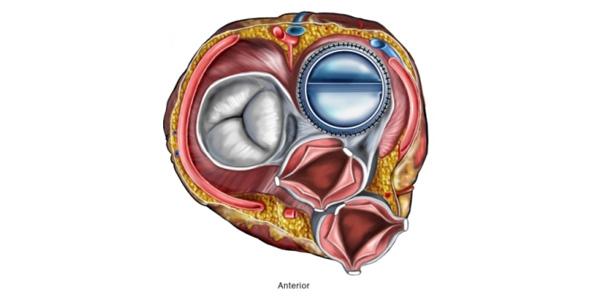 Claiming the lives of over 1.5 million people per year, heart attack can classify as one of the deadliest conditions in the Western World. Not only is it leading the top of deaths, but unfortunately a great percentage of patients do not qualify for a surgical intervention that could save their lives. The artificial heart valve designed by Edwards Lifesciences represents a solution for patients who are too frail to survive a heart surgery.
Claiming the lives of over 1.5 million people per year, heart attack can classify as one of the deadliest conditions in the Western World. Not only is it leading the top of deaths, but unfortunately a great percentage of patients do not qualify for a surgical intervention that could save their lives. The artificial heart valve designed by Edwards Lifesciences represents a solution for patients who are too frail to survive a heart surgery.
4. AxoTrack
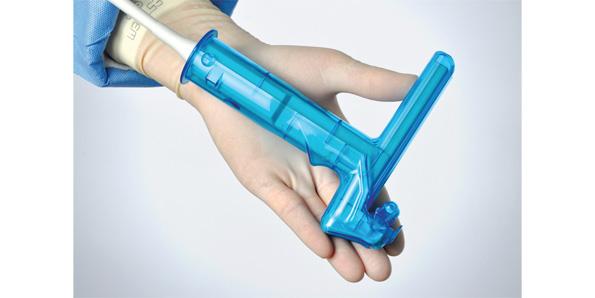 Because inserting a catheter implies a great deal of precision, in the past several years physicians have employed the help of ultrasound for this purpose. Even though ultrasound has reduced the chance of making a mistake that could put the patient’s life at risk, the problem with it is that it cannot detect a needle as accurately as doctors want. Their pleas were heard and today physicians can use AxoTrack for a rate of 99% safe insertion of catheters.
Because inserting a catheter implies a great deal of precision, in the past several years physicians have employed the help of ultrasound for this purpose. Even though ultrasound has reduced the chance of making a mistake that could put the patient’s life at risk, the problem with it is that it cannot detect a needle as accurately as doctors want. Their pleas were heard and today physicians can use AxoTrack for a rate of 99% safe insertion of catheters.
5. An ingested pill health-feedback system
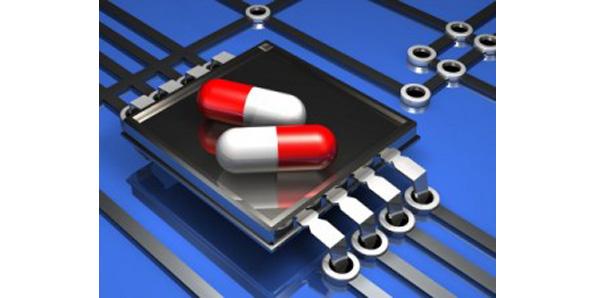
Even though it will take approximately two more years before it enters the production phase, the pill health-feedback system already looks promising. Developed by Proteus Digital, the main function of the pill is to help physicians gain relevant feedback regarding their patients and track the results of the treatments. It is necessary to mention that the system is simple and ingenious, considering that the patient will have to ingest a pill that will afterwards send binary signals to a patch placed on the patient’s abdominal area.